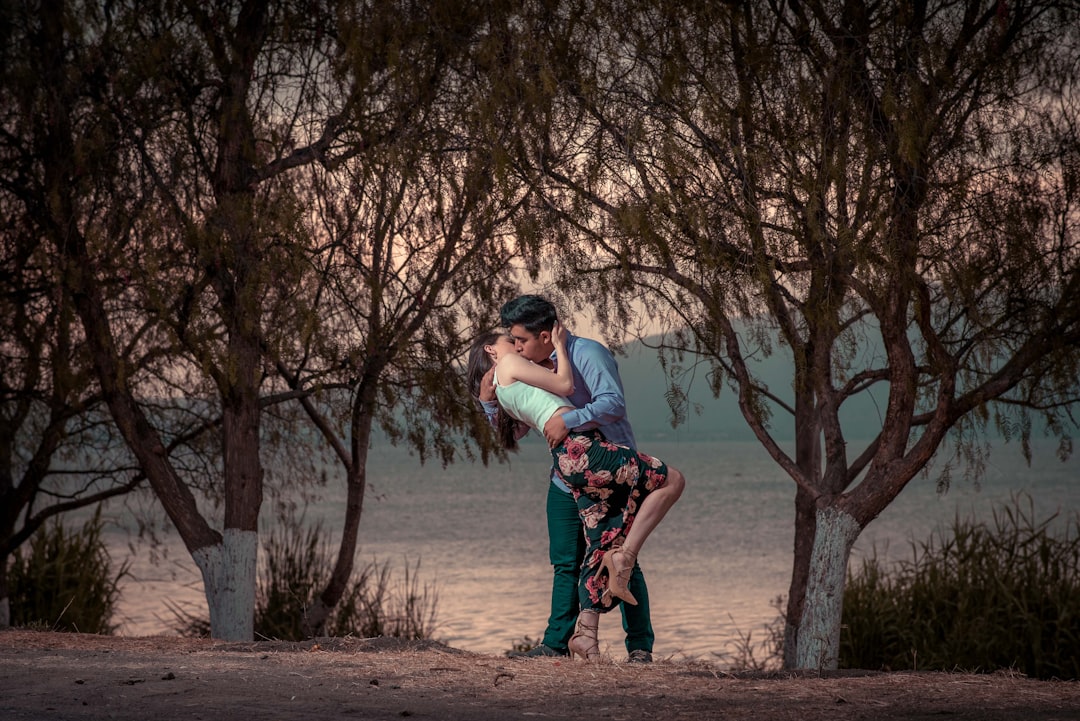Introduction
Cinema is not just a visual medium; it’s an orchestration of multiple art forms, and among the most potent of these is music. A film’s score can elevate its narrative, enrich its emotional landscape, and leave an indelible imprint on the audience’s heart. This article delves into the intricate dance between music and film, exploring how composers conjure magic to make the cinema experience unforgettable.
The Art of Film Scoring
Film scoring is an art that marries musical expression with cinematic storytelling. The score sets the tone and supports the narrative, often becoming a character in its own right. Composers like John Williams, Hans Zimmer, and Ennio Morricone didn’t just write music; they sculpted auditory landscapes that defined their films. From the triumphant fanfare of “Star Wars” to the haunting whistles of “The Good, the Bad and the Ugly,” these scores are vital in shaping the viewer’s experience.
Emotional Resonance
Music in film plays a pivotal role in manipulating the emotions of the audience. It can amplify a joyous moment or deepen a tragic scene, making the emotional journey more intense and personal. For instance, the use of the cello in “Schindler’s List” conveys a deep, mournful quality that aligns with the film’s somber theme, guiding the audience’s emotional response.
Narrative Enhancement
Beyond evoking emotions, music also enhances the narrative by adding layers of meaning and context. A character’s theme music, for instance, can offer insights into their personality or foreshadow their fate. In “The Godfather,” Nino Rota’s iconic score complements the narrative complexity, with its melancholic yet menacing tones mirroring the corrupt journey of the Corleone family.
Psychological Impact
The psychological impact of music in films is profound. It can create tension, such as the screeching violins in “Psycho,” or generate relief, as with the uplifting melodies in “The Shawshank Redemption.” The strategic placement of music can manipulate time perception, enhance suspense, or provide relief, playing with the viewer’s psychological state throughout the film.
Cultural and Period Context
Music also serves as a cultural and temporal marker in films, grounding stories in a specific time or place. The jazz influences in “La La Land” not only support the film’s romantic tone but also pay homage to Hollywood’s golden age musicals, enriching the viewer’s understanding of the era and its aesthetics.
In conclusion, the relationship between music and film is complex and beautifully symbiotic. As we dissect this relationship, we understand that film scores are not just background music; they are integral to the storytelling process, shaping the way stories are told and experienced. The harmonious blend of visuals and music in cinema continues to be one of the most powerful tools in a filmmaker’s arsenal, capable of transporting audiences to new worlds of emotion and understanding.







